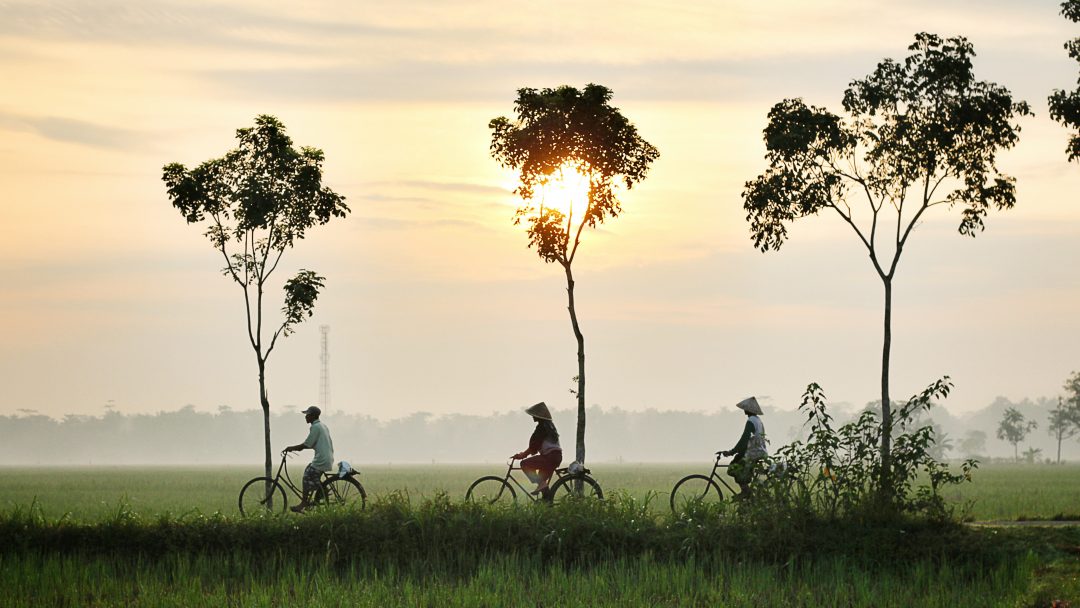A visit to India will transport you back more than 5,000 years through a medley of diverse sounds, colours, cultures and histories. If you’re lucky enough to get yourself to this spectacular, though overwhelming, South Asian country in your lifetime a journey of both external and internal discovery awaits you.
However, any skilled traveller should note that India is one of the few places where “winging it” is not a good idea. Simply showing up, uninitiated and hoping that things work out will likely leave you with a bad taste in your mouth. Which would be a shame, considering that India can be one of the most beautiful, generous and inspiring countries you’ll ever have the privilege of experiencing.
To help sort things out for you, we’ve collected the most frequently asked questions about travelling to India, so that you can equip yourself with the education that’s required to enjoy the country to its fullest. Remember: knowledge is power!
Is the water safe to drink and the food safe to eat?
Generally yes, but as Amrita from Travelling Ides of March says, it depends on where you’re water is coming from. “In India, we do not drink off the tap directly. Bottled or filtered water is recommended, though keep the use of plastic to a minimum. Food in restaurants and cafes are good. Street food across various cities may upset your stomach if you are not used to the water and the spice. Be diligent and check where necessary.”
What medicines should I bring from back home?
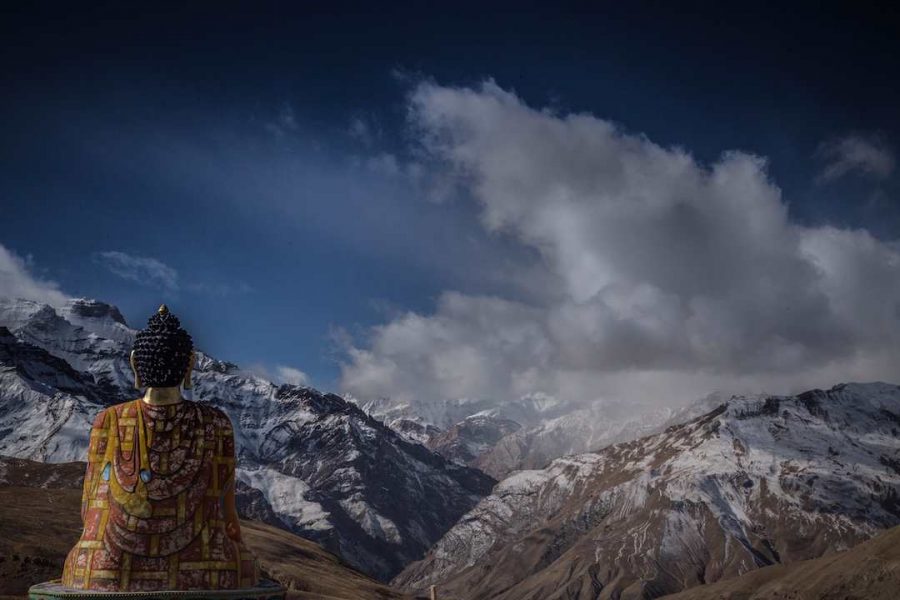
You’ve likely heard that you should bring some anti-diarrhea medicine for the Delhi Belly that you may encounter and this is of course true. You should also strongly consider receiving the malaria vaccine before you depart and depending on your itinerary (do you plan to trek the Himalayas?) to also bring some altitude sickness medicine.
Amrita also warns that “Anti-allergens and mosquito repellents are a must when travelling to India. If you’re not used to the spiced food and/or have a sensitive tummy, medicines for the same are advisable. I always carry basic medicines as a precaution or cure for mild fever and headaches, ointments for burns and cuts and a pack of band-aids, which is a basic first aid tool. After all, we all should travel prepared.”
What/how should I pack when travelling to India?
The most important things to bring, while traveling to India are plenty of patience, an open heart and mind along with an adventurous spirit. Apart from these it is always a good idea to pack the following items on your trip to India:
- Charcoal Tablet / Electrolytes: Charcoal tablet is the most effective way to deal with diarrhoea or dysentery (also called Delhi Belly), which is a common consequence of not being able to resist trying the wide variety of Indian cuisine. While the charcoal absorbs the toxins / pathogens causing the problem, electrolytes helps you stay well hydrated, in the hot, humid weather.
- Toilet paper: Except for the top end hotels, restaurants and malls, most toilets in India may not have toilet paper. So it is always a good idea to carry your own supply of toilet paper and hand sanitizer. It is easy to buy these items anywhere in India.
- Ear plugs: India can be extremely noisy with the sound of vehicles honking or loud music playing at random public places. It is a good idea to bring ear plugs, especially if you are sensitive to noise.
- Cable locks: Invest in some good quality suitcase locks and steel cable, for locking your pack or suitcases while travelling by train or bus. You will be glad you have them.
- Insect repellant: Most places in India have mosquitoes that can cause deadly diseases such as malaria and dengue. Make sure to generously use insect repellants even if you see a single mosquito hovering around you.
- Sunscreen: Given the hot and humid weather in India, using sunscreen is an absolute necessity for avoiding a sunburn or rashes on your skin.
How should I dress when visiting religious sites (i.e. temples)?
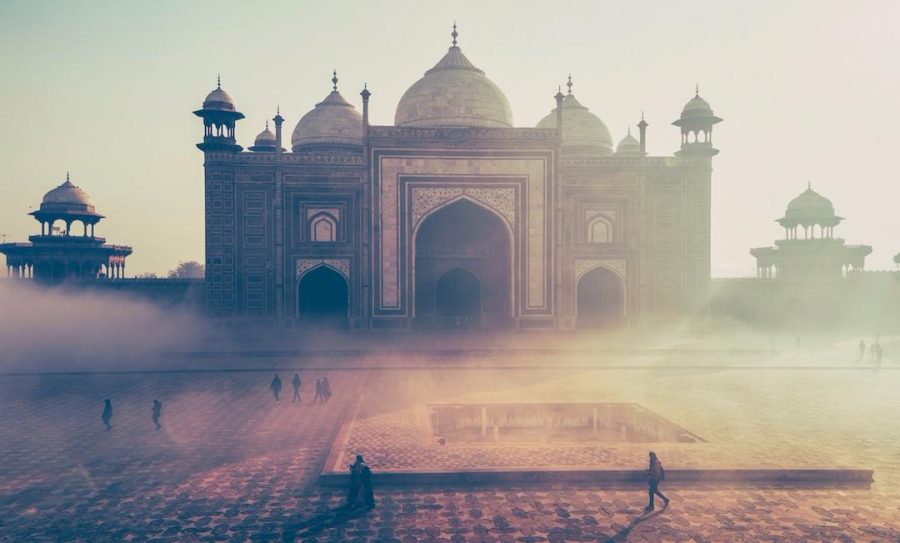
If you want to be respectful and also not stand out like a sore thumb, heed the words of Sankara who runs Be on the Road, “Different temples in India have different dress codes. Some require you to cover your head (at the Mosques, Dargahs and Sikh Gurudwaras), while other require men to be topless (orthodox South Indian temples).
The safest option while dressing for a temple visit in India is to cover your shoulders and knees. A loose fitting dress for a woman or the Indian Salwar Kameez and a simple shirt/t-shirt and pants for the man would take you into most religious places.”
Is haggling allowed? How do I do it?
Sai from Romancing the Planet and Add Some Curry has the answer to this one, “Though Indians are very nice people, they are notorious for upselling things to foreigners. So, obviously, the known traveller should haggle a bit, before settling down with a price. When I am in India, there is not even one day that passes by without haggling. It’s a major part of Indian lifestyle.”
What are the basic rules of etiquette for visitors to India?
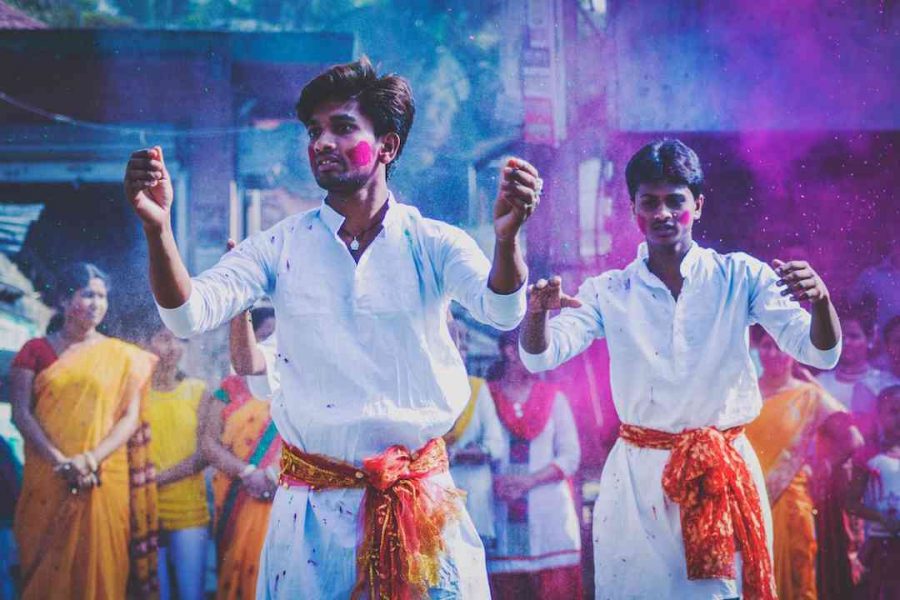
As Sankara states, “Like most cultures across the world, I would say be like a local in India and you would not have a problem. India is a diverse country practicing many religions and cultures. The best thing to do when you visit India is to embrace her even if you find the going tough. There are many etiquette rules in different communities, cultures and religions across the country and it is not something that one can be prepared for. The best advice would be to ask locals for tips and implement them to your convenience.”
India, given its size, history and diversity is a complex country with a variety of contradictory cultural norms, traditions, and etiquettes within. The best tip on how to travel in India is keeping your eyes, ears and mind open to pick up local customs and etiquettes on your own as you visit the culturally diverse places within India.
Some of the most essential and common elements of Indian etiquette that a foreigner should attempt to be familiar with while visiting the country are:
- When you go to someone’s house it is customary to remove shoes before entering. While some hosts might be ok with it, it is absolutely compulsory to remove your footwear while entering a temple, mosque or a gurudwara.
- It is considered rude to address people with their professional title, especially to those who engage in physical nature of work such as drivers, porters, waiters, etc.
- Indian people are very conservative about clothing. Women are expected to dress modestly, with legs and shoulders covered. Trousers are acceptable, but shorts and short skirts are offensive to many. Men should always wear a shirt in public, and avoid skimpy shorts away from beach areas. These rules are particularly important in temples and mosques. Cover your head with a cap or cloth when entering a mosque or gurudwara; women, in particular, are also required to cover their limbs. Men are similarly expected to dress appropriately with their legs and head covered. Caps are usually available on loan, often free, for visitors, and sometimes cloth is available to cover up your arms and legs. The culture in big cities is much more liberal. One can be a little more relaxed about these norms when traveling in the cities.
- Make sure that you eat with your right hand only. In India, just like right across Asia, the left hand is for wiping your bottom, cleaning your feet and other unsavoury functions (you also put on and take off your shoes with your left hand), while the right hand is for eating, shaking hands and so on. The other rule to be aware of when eating or drinking is that your lips should not touch other people’s food/drink. Don’t, for example, take a bite out of a chapatti and pass it on. When drinking out of a cup or bottle to be shared with others, don’t let it touch your lips, but rather pour it directly into your mouth. It is customary to wash your hands before and after eating and it’s also acceptable to use cutlery to eat if you’re more comfortable with that.
Can I travel to India on a budget?
According to Sai, yes! India is one of the most budget-friendly travel destinations out there! “Unless you want a Maharaja lifestyle, India is one of the best places to travel for budget travellers. The hotel or hostel rentals, the cost of food & transport is among the cheapest you will find in the whole world. No wonder you can survive India in less that $25 a day.”
What is the average cost for accommodation?
Accommodation cost varies depending on the luxury you prefer while travelling. It can start from 1,000 rupees (basic) to any range, depending on the place and services.
What are some basic words in Hindi to help me get by?
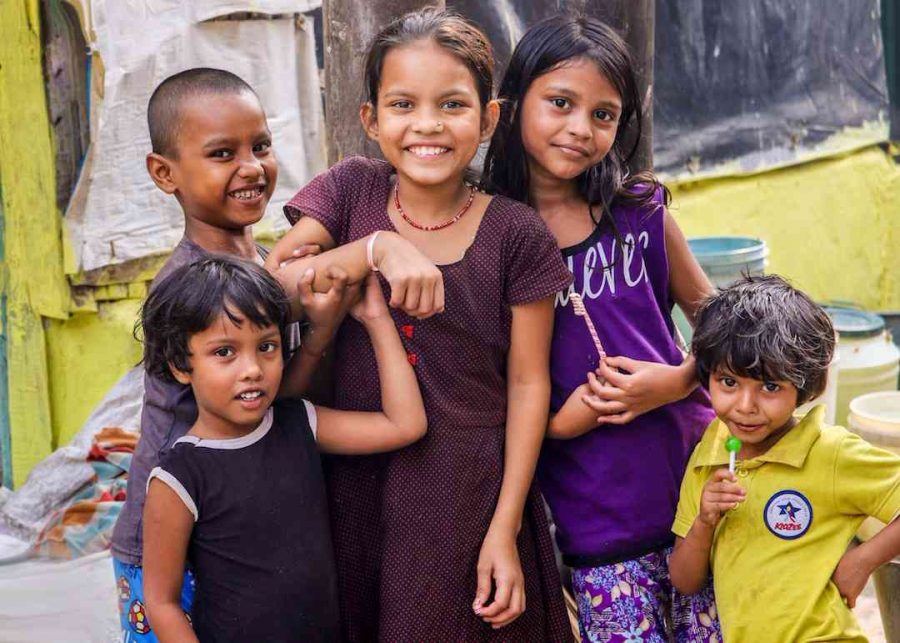
Parnashree of My Travel Diary has the scoop on what phrases will help you get by on your journey throughout India. The basic Hindi words that can help you while exploring India are:
Namaste – Hello
Dhanyavaad – Thank You
App Kaise ho? – How are you?
Mein achi hu – I am good
What languages are spoken in India? Is English commonly used?
India has 2 official languages at the national level – English and Hindi (spoken by 40% of India). Most road signs, menus, advertising and tickets are a few examples of where English script is used to communicate. It’s a rare day that travellers are caught unable to speak in English with most people they come in contact with, especially in the big cities.
Keep in mind that Indian states (aka provinces) are free to choose their own languages, that’s why there are 22 other official languages at the state level. A different script is commonly seen on signage in conjunction with English.
Indian English has its own distinct sound which has been mocked in TV, radio and movies. Don’t show amusement at the different Indian accents and choice of words. Many Indians have learned English by watching TV or working with foreigners and their interaction with you is a chance to improve broken English skills. You’ll also find many Indians actually speak and write better English than many native English speakers.
What are the common religions in India?
India is an extremely diverse country with people following many different religions. It is also the birthplace of four of the major world religions; Hinduism, Buddhism, Jainism and Sikhism. Most Indians follow Hinduism (80%), however it is quite common to find people practising many other religions such as Islam (14%), Christianity (3%), Zoroastrianism, Judaism, Buddhism, Jainism and Sikhism.
What is the currency of India? Can I pay for things in my own currency?
The Indian rupee (sign: ₹; code: INR), is the official currency of India and it is not possible to pay using any other currency. It is easy to exchange currency at banks, airports, or authorized money changers. US Dollars and Pound Sterling are the easiest currency to exchange.
In major cities, it is usually possible to use credit/debit cards. However, in smaller towns and villages the choice is narrowed to cash or Visa/Mastercard. Also, it is quite easy to find ATMs in most places.
What are the styles of toilet like?
Western style public toilets are most easily found in major cities and tourist sites; the cleanest are often at modern restaurants, shopping complexes and mid-range/top-end hotels.
In ultra-cheap hotels and places off the tourist trail, such as small towns and villages, squat toilets / Indian style toilets are the norm and it is usually not common to find toilet paper, so it is always a good idea to carry your own toilet paper and hand sanitizer, just in case.
What are the common foods in India?

The Indian food is as diverse as its culture. There is absolutely no homogeneity of flavour between North, South, East or West. Each region offers their own culinary distinctive characteristics and numerous traditional dishes. The staple food in India includes wheat, rice and pulses with chana (Chick peas) being the most important one.
Indian culinary diversity generally tends towards the search for a well-balanced symbiosis between spices and herbs, offering very tasty dishes which can boast of surprising medicinal properties.
There are a basic 20 to 30 spices that are used in many dishes—cumin, coriander, turmeric, and ginger, to name a few—and there are an infinite number of ways of using them. Each spice has a distinctive reason for being there, and it could range from health benefits to making the food more colourful or flavourful.
If you are a traveller in India, make sure to steer clear of drinking tap water, any uncooked food that may have been washed in it, unhygienic street food, ice made from tap water. As a precaution, it would be a good idea to let your stomach acclimatize for a few days before launching into trying the different type of foods that are available
What is the best time of year to visit India?
Deepak of Travel n’ Thrill wants you to know that “India has a wide variety of weather patterns. You will find different weather in different states of India at the same time of the year. Basically, the climate of India is tropical so summers can be very hot in the country. October to March is the best time to plan a trip to India.”
We can’t understate how stifling hot it can get for travellers who aren’t used to extreme humidity. If you visit throughout the summer, you absolutely must prepare to stay hydrated without getting desperate and drinking tap water. You will also need to consider moving at a realistic pace that will let your body adjust the demands of your new environment.
Do I need a visa to travel to India?
Visas can be complicated! But as Renuka of Voyager for Life says whether you need a visa to travel to India it all “depends on where you are traveling from. You would need to read the country specific visa requirements online. Indian visas are not so hard to obtain, India welcomes everybody! I’d like to add that India can be a challenging country to travel through, especially alone, but as long as you research well about its culture and way of life, you are going to have a whale of a time here. India offers world-class hospitality to its guests.”
Are you from the UK, Australia, Canada, or the United Sates? Find out whether you require a visa to visit India (and any other country).
Is India a safe place to travel?
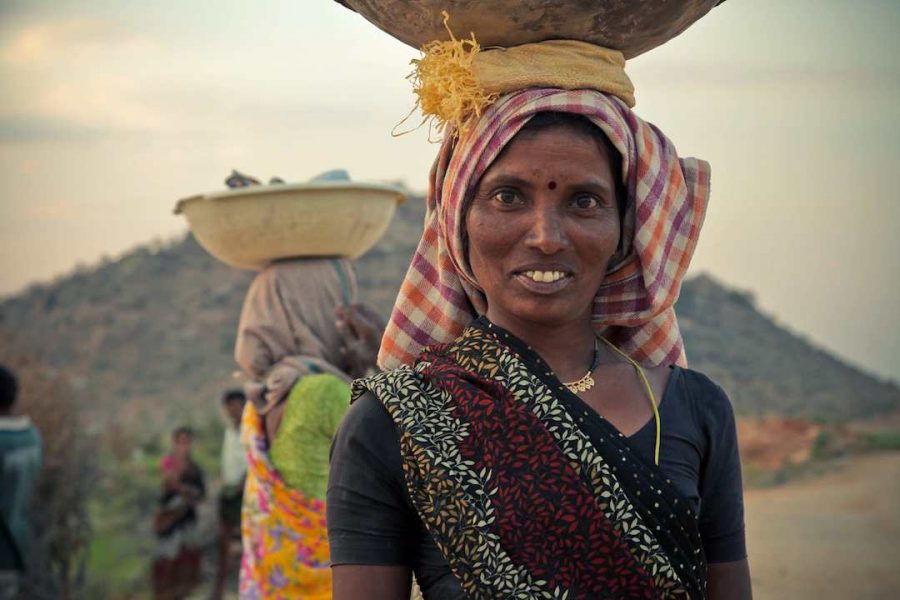
The answer to most questions about India lies in understanding its diversity and the complexity that comes with it. Generally speaking, India is a very safe and tourist friendly country. While petty thefts can be common if you are not careful, violence is extremely rare. At major tourist destinations everyone, no matter their ethnicity and gender, will be treated with equal respect and you will find many people who are eager to help the tourists.
The question of women’s safety in India has come up recently raising concerns among many travellers. However, the fact is that India remains generally safe for female travellers and most women will experience, at worst, unwelcome attention from men. Needless to say, like any other place in the world, it is always a good idea to exercise caution and be aware of the local culture.
Some safety tips to follow while travelling in India:
- It is always a good idea to keep an extra stash of cash away from the wallet that you are carrying around. Pickpocketing is not uncommon at tourist destinations.
- Avoid talking to touts and agents who offer to show you around the place or organize transportation for you.
- It is very important in India to dress appropriately, especially so for female travellers. It is a conservative country, so be respectful of that by covering your shoulders and legs and watching your cleavage.
- Avoid arriving at a new destination late in the night (unless it is a major city).
- As rude as you may feel, be assertive when dealing with persistent and persuasive vendors, beggars or touts.
Where should I travel and what should I see if it’s my first time?
Well, India is a huge country – both geographically and culturally. So, that’s a difficult question to answer. But, I’d say that if it’s your first time, you should definitely visit Rajasthan, which would offer you the real essence of India, and it’s also a very comfy destination for a solo traveller.
Then, you should visit Goa and Kerala for sure. I’d also recommend Delhi, as it’s the capital and a heritage city as well. In terms of important cities, you should visit Mumbai – the ‘mad’ city of India, which is lots of fun!
What is the easiest way to get around the country?
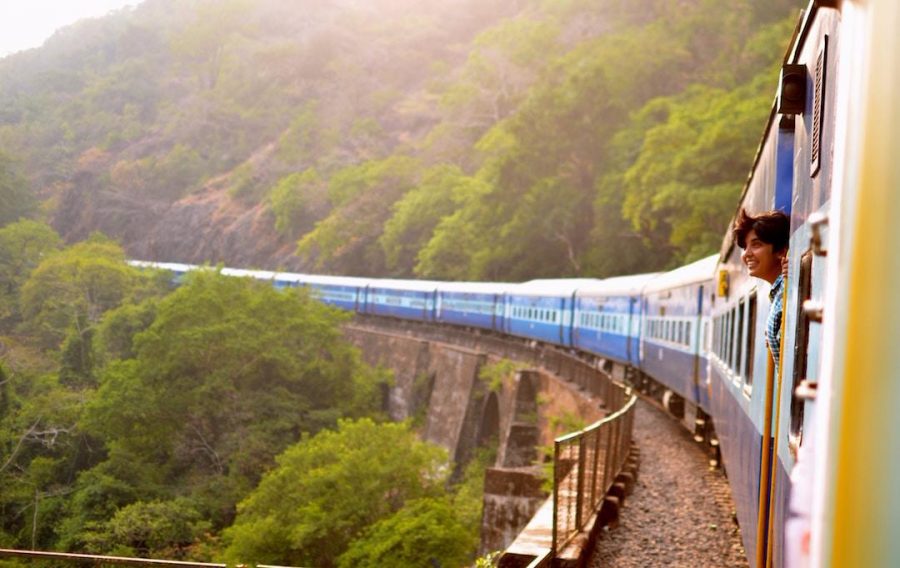
Is India LGBT friendly?
Homosexuality was made illegal in India in 2013, after having only been decriminalized since 2009. Trans rights have fared better: in 2014, there was a ruling that gave legal recognition of a third gender in India, a step towards increased acceptance of the large yet marginalized transgender population.
Despite the bad reputation, when it comes to gay rights, India is a safe place to travel for gay or lesbian travellers – solo or couples. While officially homosexuality is illegal, you will not be arrested or fined by the authorities even if they learned about it. The attitudes of the public towards homosexuality have also shifted. For instance, there have been more discussions and depictions of homosexuality in the Indian news media and Bollywood movies. You won’t have to face harassment, or anything like that.
I’m travelling to India with my significant other, is PDA ok?
While travelling in India, it is better to avoid PDA, otherwise, you may get unwanted attention or gossips behind your back. It is not common for people to show their affection in public places, and this is a rule applicable for straight and gay couples alike. In fact, there’s a law that prevents obscenity in the open. While holding hands or a hug are acceptable, kissing on the lips at a public place is definitely a no go in India.


